No products in the cart.
Description
A Fertilizer Applicator is a device or machine used to distribute fertilizers evenly across agricultural fields or gardens to enhance soil fertility and promote plant growth. There are various types of fertilizer applicators, each suited for different applications and scales of farming. Here’s an overview of the different types, their features, and tips on how to use them effectively:
Types of Fertilizer Applicators
- Broadcast Spreaders:
- Description: Distributes fertilizer in a wide, even pattern across the ground.
- Uses: Ideal for large fields, lawns, and gardens.
- Features: Can be manually operated or tractor-mounted.
- Drop Spreaders:
- Description: Drops fertilizer directly onto the soil in narrow, precise rows.
- Uses: Suitable for smaller areas and row crops.
- Features: Provides accurate placement, reducing waste and runoff.
- Pneumatic Spreaders:
- Description: Uses air pressure to blow fertilizer onto the soil.
- Uses: Effective for both granular and powdered fertilizers.
- Features: Suitable for large-scale farming and hilly terrains.
- Liquid Fertilizer Applicators:
- Description: Sprays liquid fertilizer directly onto the soil or foliage.
- Uses: Ideal for crops needing quick nutrient absorption.
- Features: Often combined with a sprayer system for precise application.
- Band Spreaders:
- Description: Places fertilizer in bands or strips along the planting rows.
- Uses: Best for crops that require fertilizer in specific locations.
- Features: Reduces fertilizer use and minimizes soil erosion.
- Injectors and Injectors:
- Description: Injects fertilizer directly into the soil at various depths.
- Uses: Suitable for root crops and other deep-rooted plants.
- Features: Ensures nutrients are delivered directly to the roots.
Features to Consider
- Capacity: Choose an applicator with a capacity suitable for the size of your field or garden.
- Adjustability: Look for models that allow you to adjust the spread width and rate to match different crop needs.
- Ease of Use: Consider user-friendly features like easy calibration, simple controls, and comfortable handles.
- Durability: Opt for models made from corrosion-resistant materials to withstand harsh weather conditions and frequent use.
- Precision: For optimal efficiency, choose applicators that ensure even distribution and minimal fertilizer loss.
Fertilizer Applicator Tips for Effective Use
- Calibrate Properly: Always calibrate your applicator before use to ensure the correct amount of fertilizer is distributed.
- Choose the Right Fertilizer: Use the type of fertilizer best suited for your crops and soil conditions.
- Apply at the Right Time: Follow the recommended application schedule for your crops to maximize nutrient uptake.
- Maintain Equipment: Regularly clean and service your applicator to keep it in good working condition.
- Monitor Soil and Plant Health: Keep track of soil tests and plant growth to adjust fertilizer application as needed.
Maintenance Tips
- Clean After Use: Rinse the applicator thoroughly to remove any remaining fertilizer residues.
- Inspect Components: Check for wear and tear on belts, hoses, and nozzles, replacing them as needed.
- Store Properly: Keep the applicator in a dry, sheltered place to protect it from the elements.
Additional information
| Weight | 15 kg |
|---|


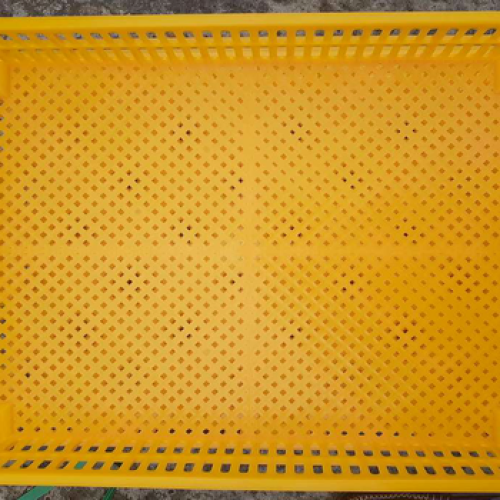
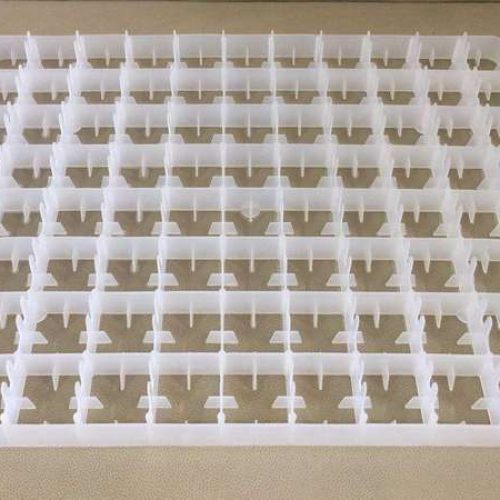

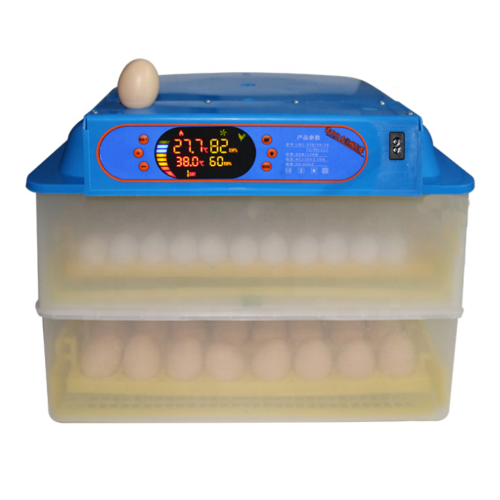

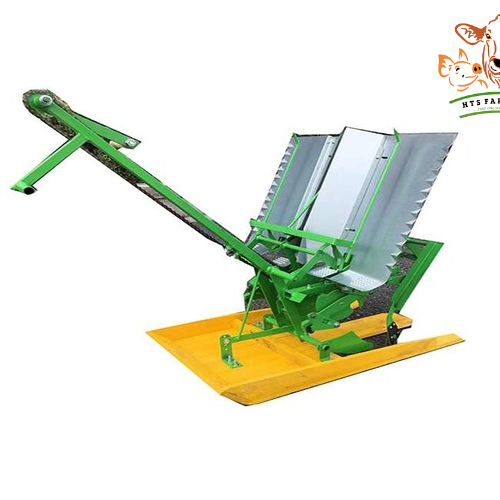
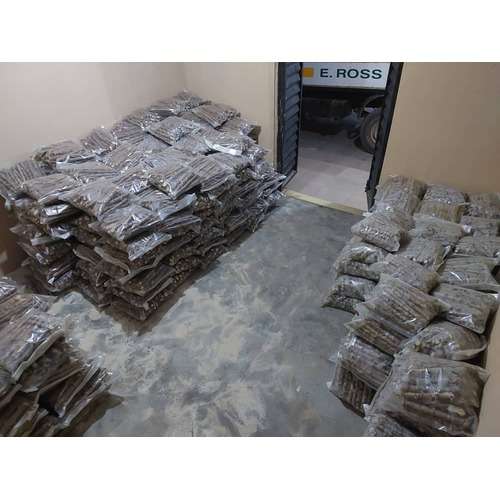


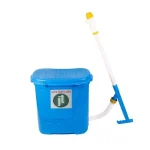
Reviews
There are no reviews yet